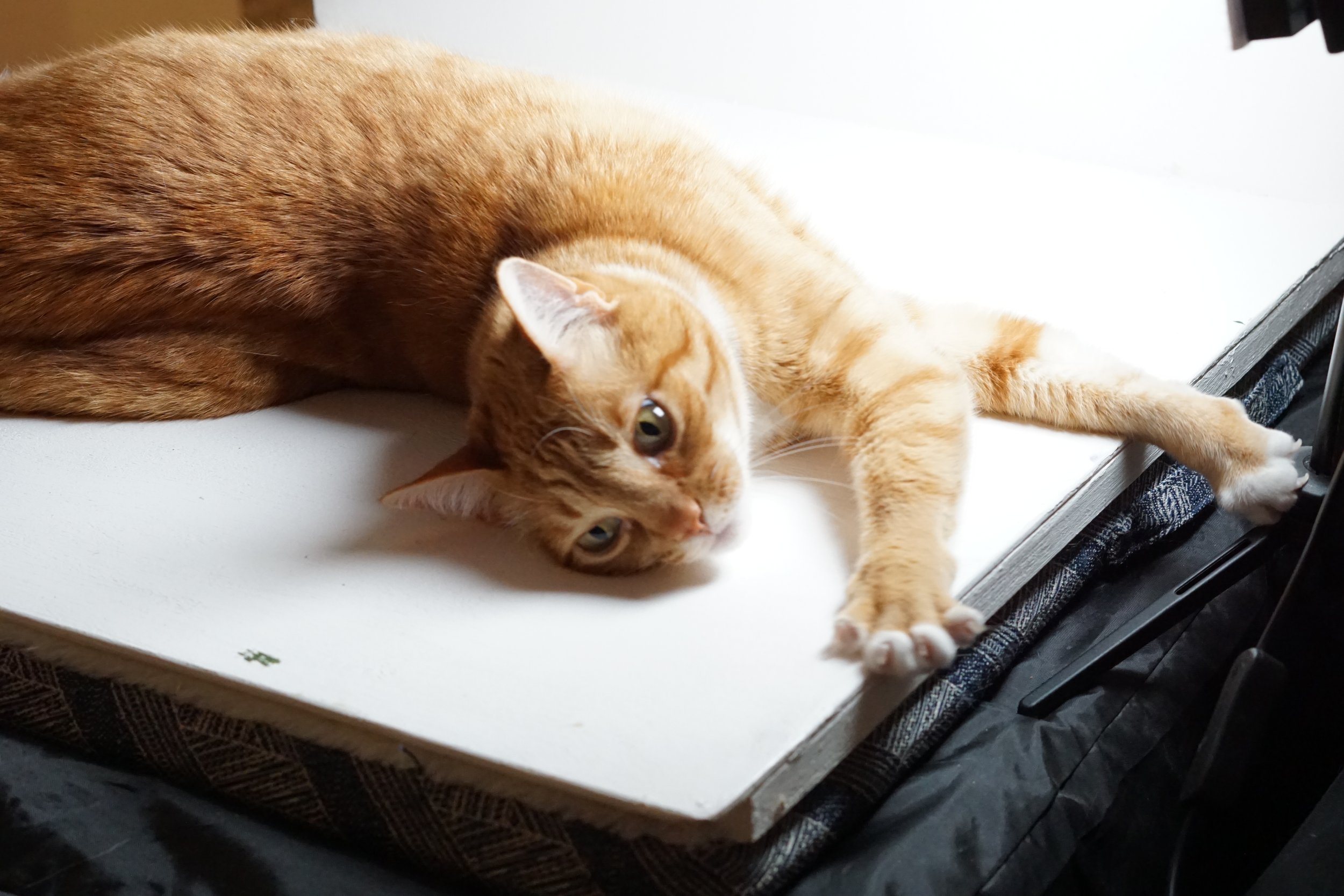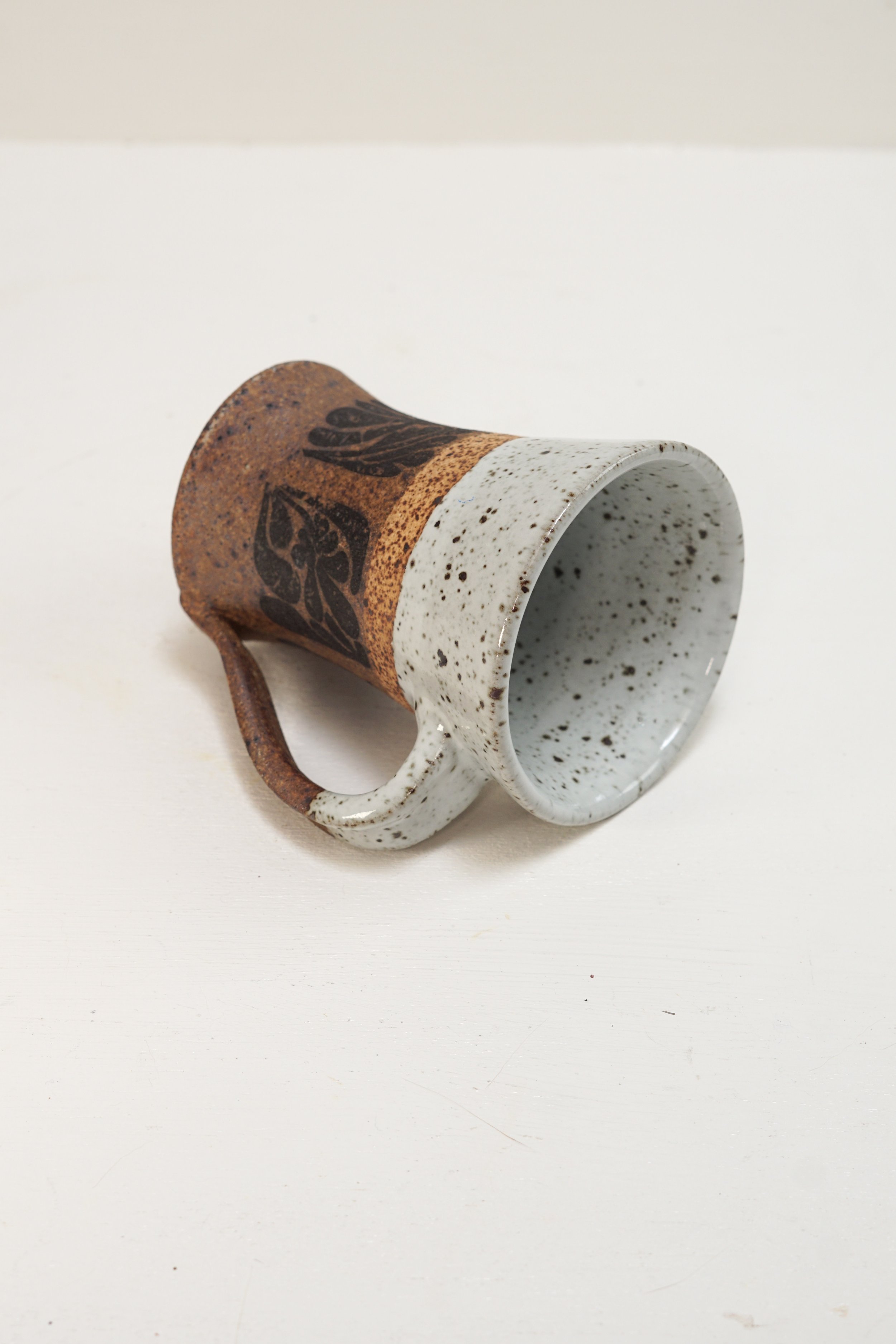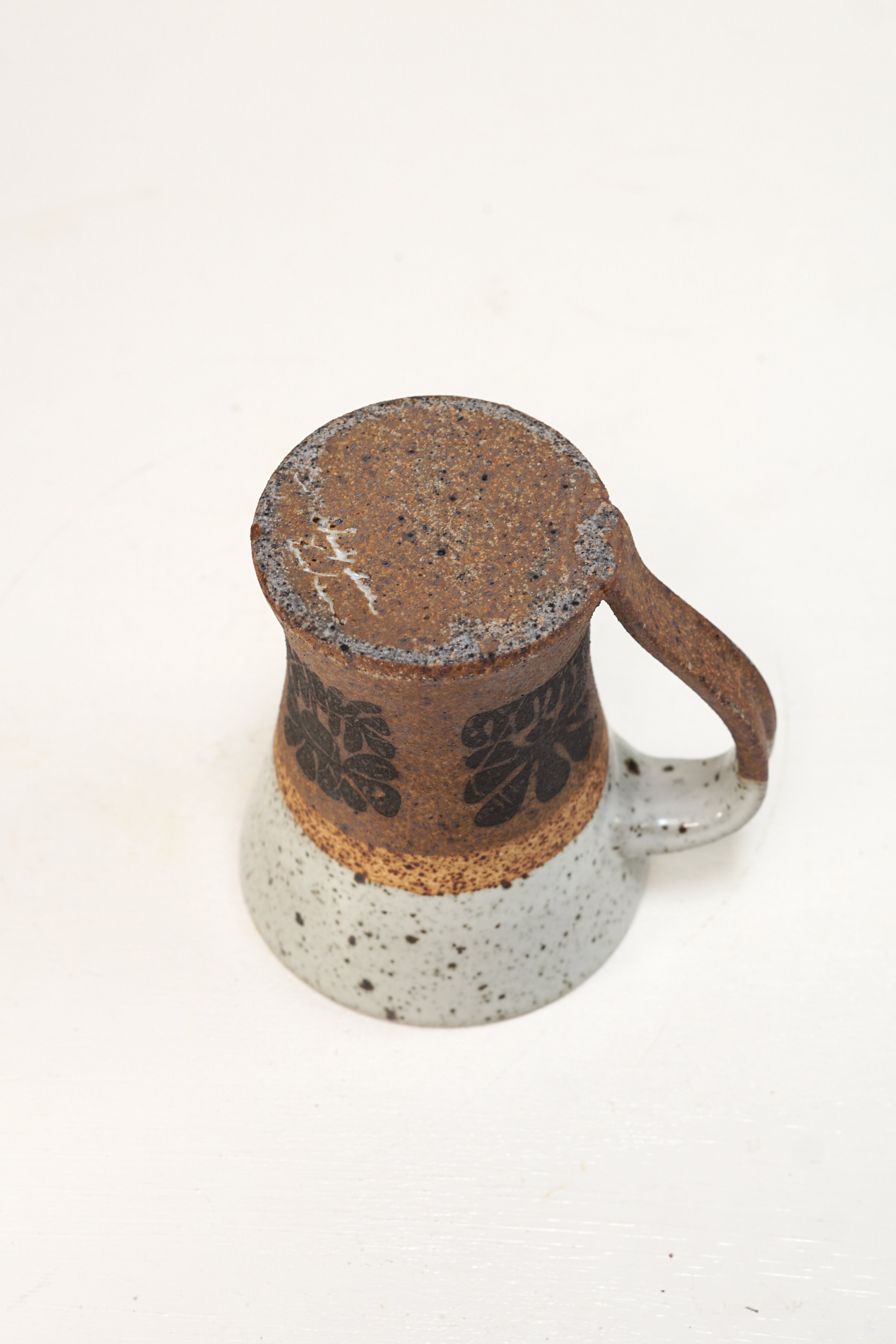Building an Artist’s Website
Carrot decided to model for us before the ceramics were placed down
In my effort to build out not only my own ceramics practice but also support the community as a whole, I’ve started building websites for some of the artists in our studio.
Why am I doing this?
Well, as you may or may not know, I’m married to an artist. Over the years, I’ve heard a lot about the challenges artists face, and one of the biggest is time management. Marketing takes a ton of time and is often at odds with an artist’s mission to master their craft. The path of mastery is usually a solitary one—it rarely depends on external input unless it's coming from fellow masters or creators they admire.
That means marketing and self-promotion can actually hurt more than help—either by distracting artists from their work or by opening the door to feedback from people who may not understand what they’re doing, which can chip away at their confidence.
So, why am I doing this for others?
First, I get a lot of help and inspiration from the artists at the studio, and I want to give back. Second, I was personally frustrated that I couldn’t find their work online when I wanted to buy something—so yes, a bit selfishly, I just wanted their work to be more available. Finally, I keep hearing how hard it is to make a living off fine art. Web and brand building is a skill I’ve mostly used to make large companies lots of money, and it feels really good to apply it toward a creative community that’s given me so much over the last year and a half (honestly, most of my life—I’ve always loved art, I just never found a way to make a living off it).
So here we are.
What’s the purpose of this post?
It's not only to show you the process of what I made for someone—it’s also here as a resource for any of you out there who love creating but feel intimidated by the idea of building your own website.
Let me be clear: starting an art business is not just about making a website. But a website does help. Here’s a quick guide to help you figure out if a website might be right for you:
Do you have a body of work that would benefit from being displayed all in one place?
Do you want to start writing about your work—maybe a blog or a page explaining your process?
Do you want a space to post regular updates, like a blog or newsletter?
Do you want to sell things online?
If you answered yes to at least three of those, a website might be a good next step. There are other ways to show your work depending on your medium, but a website gives you a ton of flexibility and control.
Why I focus on a website
Here’s why I prioritize building a site over relying solely on social platforms:
I can write whatever I want without worrying about being flagged or buried by algorithms
I can fully customize the design to match my style
I can organize my content in a way that’s actually useful—unlike the endless scroll of social media
It shows I’m serious about my craft; putting up a site takes time and effort, and people notice that
Of course, you don’t need a site to be a serious artist. But if you're applying to galleries or shows, they often prefer a portfolio they can view without needing to log in, navigate ads, or deal with social platforms.
My recent project
The latest project I worked on was with my friend Wendy, an incredible ceramic artist. She wanted a site to showcase her favorite work. So I asked her to wrap up 15–20 of her best pieces and bring them in so I could shoot photos of them.
My setup is simple.
I don’t have a pro studio—just a few battery-powered LED lights (one on the camera, one on each side of the piece), a mirrorless camera with a 50mm fixed lens (great for product shots), and a white L-shaped plywood backdrop I made for my wife’s still life paintings.
Then I get to work—coffee in hand, music playing. I take a LOT of photos. Here’s my usual shot list for each piece:
Front of the pot, level
Front at a slight angle (~30° down)
Side of the pot (90° turn)
Tilted pot (for cups/vases)
Bottom of the pot
Top-down shot (for bowls/plates)
Detail close-ups
Size comparison (in hand or with props)
And I shoot each of these in both portrait and landscape orientation.
1. Front of the pot, level
2. Front at a slight angle (~30° down)
4. Tilted pot (for cups/vases)
5. Bottom of the pot
8. Size comparison (in hand or with props)
Why so many? Because if you don’t know what your final site layout will be, you’ll want flexible images that fit any template. Some templates prefer portrait, others landscape. It also helps to have extra space around the object in the frame—makes cropping easier.
Camera tips:
Use an f-stop of 5.6–8 so your subject is in focus but you still get a nice soft background. I usually shoot +1 overexposed to get that bright, high-key look.
Editing and building
It usually takes me about 8 hours to shoot, edit, and organize 15–20 pieces, depending on how accurate the shots are and how much retouching is needed.
Then comes the fun part: picking a Squarespace template and building the site. I recommend having a few extra photos—headshots, behind-the-scenes shots, your ceramics in use—just to avoid making the site feel too sterile.
My layout tips
I keep things simple so updates don’t become a time suck. My typical layout:
Homepage with recent work and a short intro
Newsletter signup at the bottom
About page with more detail on your background
Shop with available work
Blog (like this!) to keep content fresh and improve SEO
Having a blog or update section helps give people a reason to come back—especially if you're not updating your shop often.
That’s it for now. This post was meant to give a quick look at how I approach these projects and, hopefully, to inspire you to consider building your own site. If you want to see Wendy’s final site, check it out here. Her work is beautiful, which makes building a site around it really fun.
I use Squarespace because it’s simple and works for me, but there are a ton of tools out there. The main thing is just to start.
Hope this helps!






